Understanding the classification of matter is a foundational concept in chemistry and physics. It allows us to categorize the substances around us based on their composition and properties. From the air we breathe to the water we drink and the myriad of materials that make up our world, matter exhibits a vast array of forms. Worksheets designed to test and reinforce this understanding often delve into distinguishing between pure substances and mixtures, as well as further categorizing each of these. These worksheets frequently present scenarios, descriptions, and examples requiring students to apply their knowledge of elements, compounds, homogeneous mixtures, and heterogeneous mixtures. Let’s explore some key concepts typically covered in these worksheets.
At its core, the classification of matter hinges on understanding the difference between a **pure substance** and a **mixture**. A pure substance is a material that has a fixed chemical composition and distinct properties. Examples include elements like gold (Au) and oxygen (O2), and compounds like water (H2O) and sodium chloride (NaCl). Conversely, a mixture is a combination of two or more substances that are physically combined but not chemically bonded. The components of a mixture retain their individual properties and can be separated by physical means. Mixtures can be further categorized into homogeneous and heterogeneous mixtures.
A **homogeneous mixture** is one that has a uniform composition throughout. This means that the components are evenly distributed, and you cannot see the individual substances that make up the mixture. Examples of homogeneous mixtures include saltwater (salt dissolved in water), air (a mixture of nitrogen, oxygen, and other gases), and brass (an alloy of copper and zinc). In contrast, a **heterogeneous mixture** has a non-uniform composition. The components are not evenly distributed, and you can often see the different substances that make up the mixture. Examples of heterogeneous mixtures include sand and water, oil and water, and a salad.
Worksheets often present scenarios like: “Identify whether the following is an element, compound, homogeneous mixture, or heterogeneous mixture: Milk, Carbon Dioxide, Iron, Pizza, Sugar dissolved in water.” Students need to analyze each substance based on its properties and composition. Milk, for instance, is a heterogeneous mixture because it contains fat globules suspended in water, giving it a non-uniform appearance. Carbon Dioxide (CO2) is a compound because it is formed by the chemical combination of carbon and oxygen atoms in a fixed ratio. Iron (Fe) is an element because it is a pure substance consisting of only iron atoms. Pizza is a heterogeneous mixture due to its clearly distinguishable ingredients. Sugar dissolved in water is a homogeneous mixture because the sugar molecules are evenly dispersed throughout the water, making it appear uniform.
Mastering the classification of matter is crucial not only for success in chemistry and physics but also for understanding the world around us. By understanding the differences between elements, compounds, and mixtures, and by being able to distinguish between homogeneous and heterogeneous mixtures, students develop a strong foundation for further scientific exploration. These worksheets provide valuable practice and reinforcement of these key concepts, equipping students with the knowledge and skills necessary to analyze and categorize the substances they encounter daily.
Worksheet Classification Of Matter – Answer Key Examples
Examples and Classifications:
-
Question: Classify the following as an element, compound, homogeneous mixture, or heterogeneous mixture: Gold (Au).
Answer:<li>Element</li> -
Question: Classify the following as an element, compound, homogeneous mixture, or heterogeneous mixture: Water (H2O).
Answer:<li>Compound</li> -
Question: Classify the following as an element, compound, homogeneous mixture, or heterogeneous mixture: Saltwater (NaCl dissolved in H2O).
Answer:<li>Homogeneous Mixture</li> -
Question: Classify the following as an element, compound, homogeneous mixture, or heterogeneous mixture: Sand and Water.
Answer:<li>Heterogeneous Mixture</li> -
Question: Classify the following as an element, compound, homogeneous mixture, or heterogeneous mixture: Air.
Answer:<li>Homogeneous Mixture</li> -
Question: Classify the following as an element, compound, homogeneous mixture, or heterogeneous mixture: Carbon Dioxide (CO2).
Answer:<li>Compound</li> -
Question: Classify the following as an element, compound, homogeneous mixture, or heterogeneous mixture: Iron (Fe).
Answer:<li>Element</li> -
Question: Classify the following as an element, compound, homogeneous mixture, or heterogeneous mixture: Pizza.
Answer:<li>Heterogeneous Mixture</li> -
Question: Classify the following as an element, compound, homogeneous mixture, or heterogeneous mixture: Sugar dissolved in water.
Answer:<li>Homogeneous Mixture</li> -
Question: Classify the following as an element, compound, homogeneous mixture, or heterogeneous mixture: Milk.
Answer:<li>Heterogeneous Mixture</li> -
Question: Classify the following as an element, compound, homogeneous mixture, or heterogeneous mixture: Copper (Cu).
Answer:<li>Element</li> -
Question: Classify the following as an element, compound, homogeneous mixture, or heterogeneous mixture: Vinegar (acetic acid in water).
Answer:<li>Homogeneous Mixture</li> -
Question: Classify the following as an element, compound, homogeneous mixture, or heterogeneous mixture: Salad.
Answer:<li>Heterogeneous Mixture</li>
If you are looking for 1st Grade Worksheets, School Worksheets, Kindergarten Worksheets you’ve came to the right web. We have 20 Images about 1st Grade Worksheets, School Worksheets, Kindergarten Worksheets like Pets Circle and Write Worksheet for Kindergarten and ESL PDF Download, Compound Words Worksheet and also Pets Circle and Write Worksheet for Kindergarten and ESL PDF Download. Here you go:
1st Grade Worksheets, School Worksheets, Kindergarten Worksheets

id.pinterest.com
Locomotor And Non-locomotor Movements Worksheet Live, 58% OFF
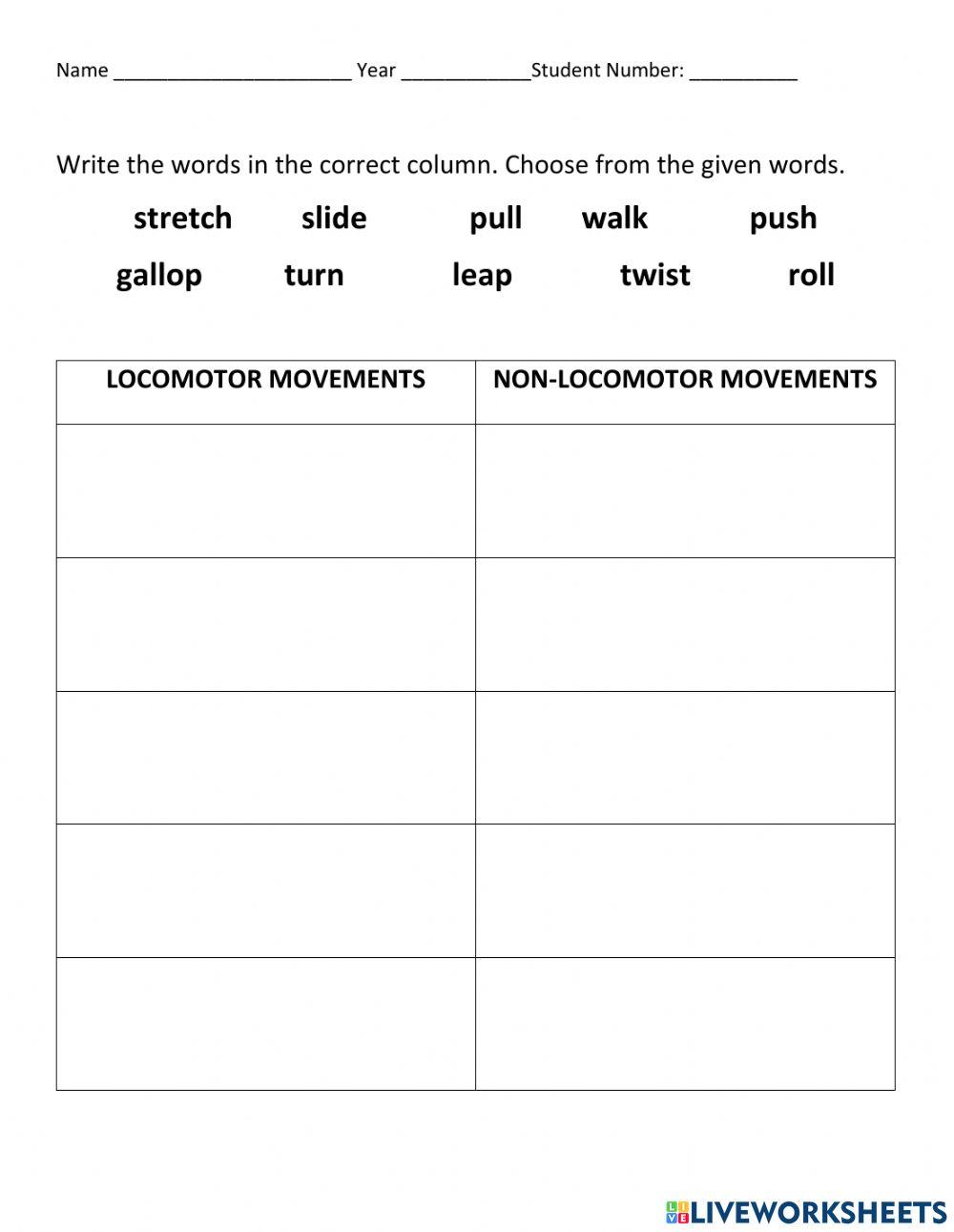
www.micoope.com.gt
Pronouns He, She And It Online Worksheet For Kindergarten. You Can Do

www.pinterest.es
Free Alphabet Printable Worksheets » Homemade Heather – Worksheets Library

worksheets.clipart-library.com
Identifying Verbs Worksheet For Grade 1 2 – Identify Action Verbs

www.tes.com
Pronunciation Worksheet – ACCURATE APPROACH
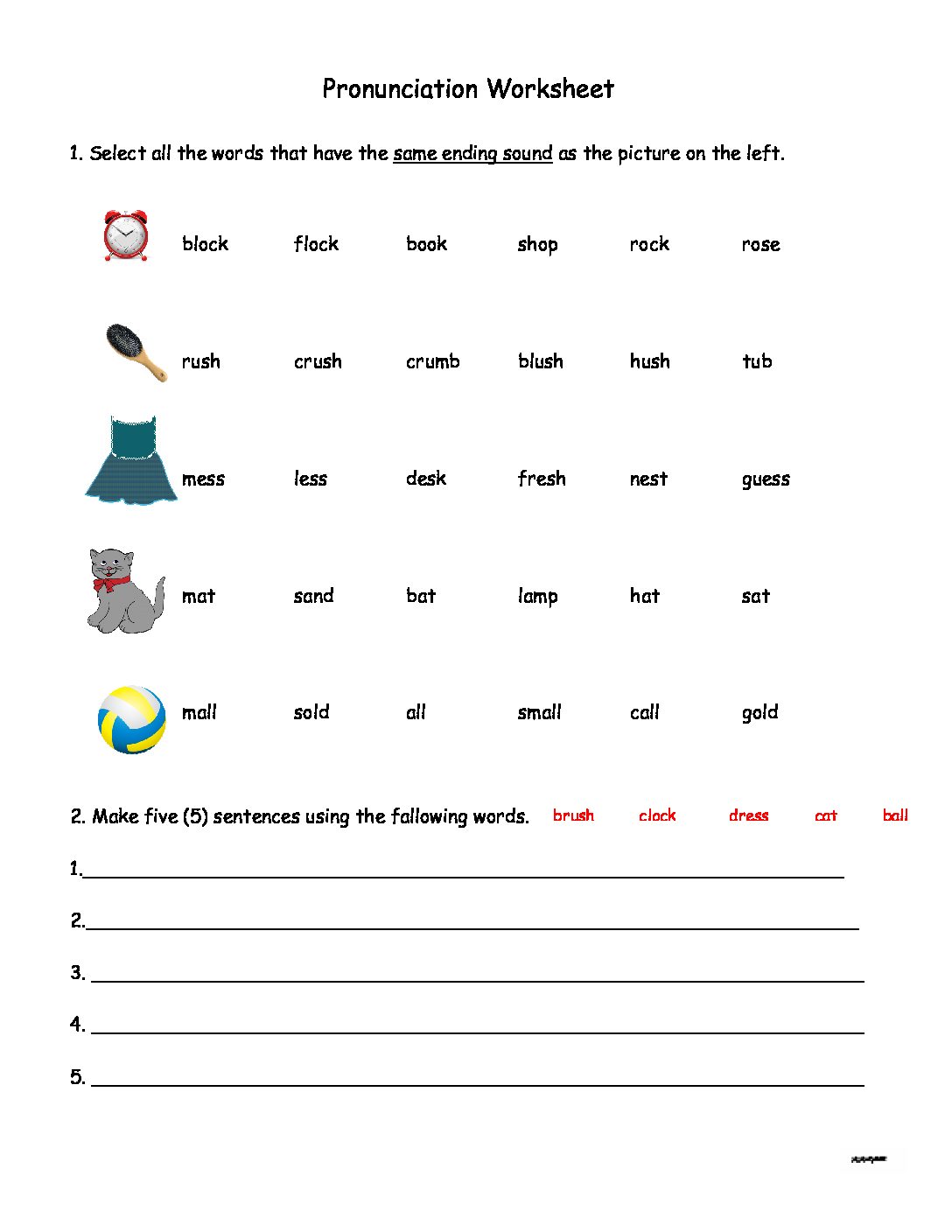
www.accurateapproach.net
Volume Of Compound 3D Shapes Worksheet | Fun And Engaging PDF Worksheets

www.cazoommaths.com
Count How Many Worksheet By Teach Simple

teachsimple.com
Worksheets To Print – Worksheets Library

worksheets.clipart-library.com
Diphthong Worksheet Freebie | Made By Teachers
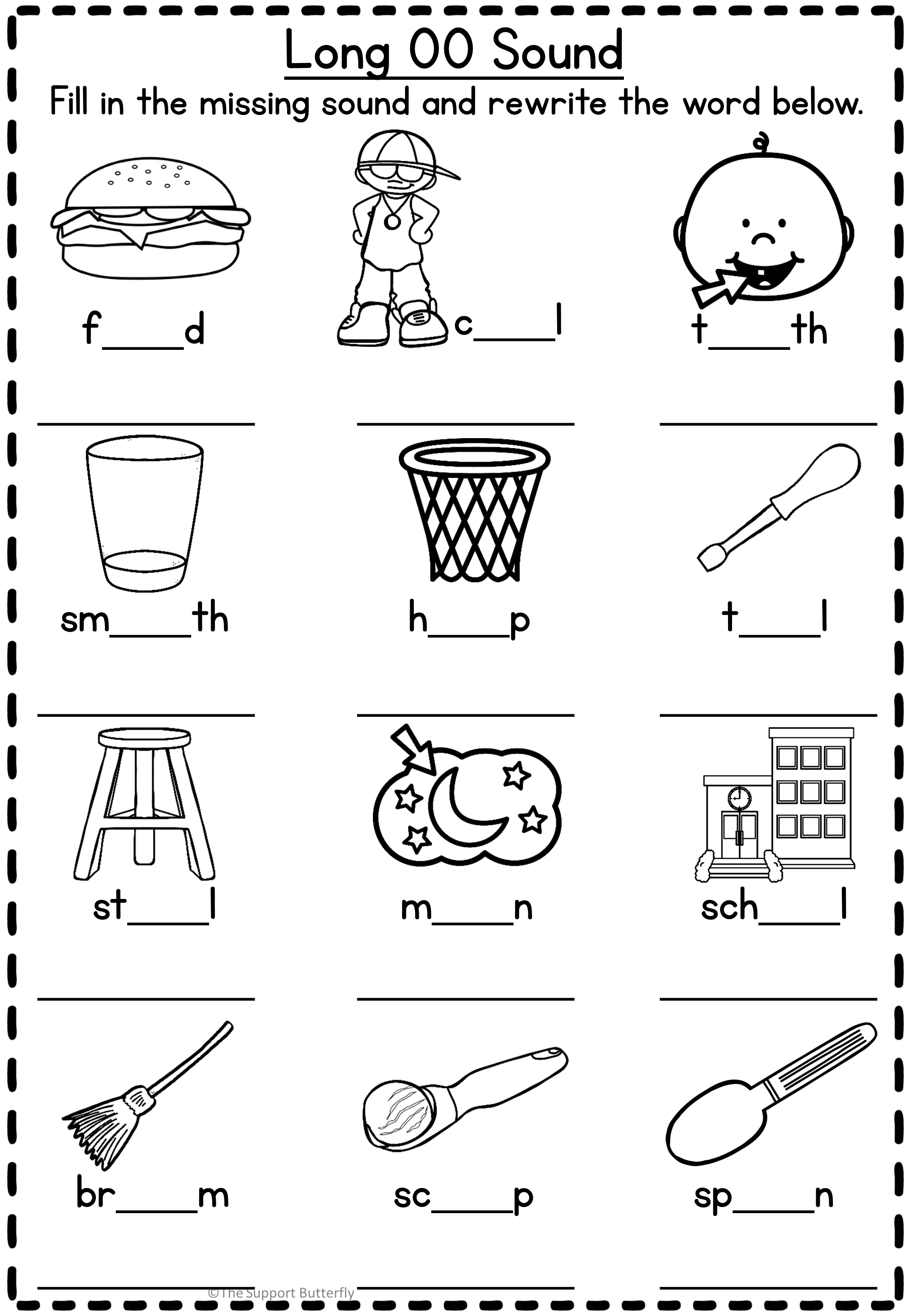
www.madebyteachers.com
Cvc Worksheet Printable
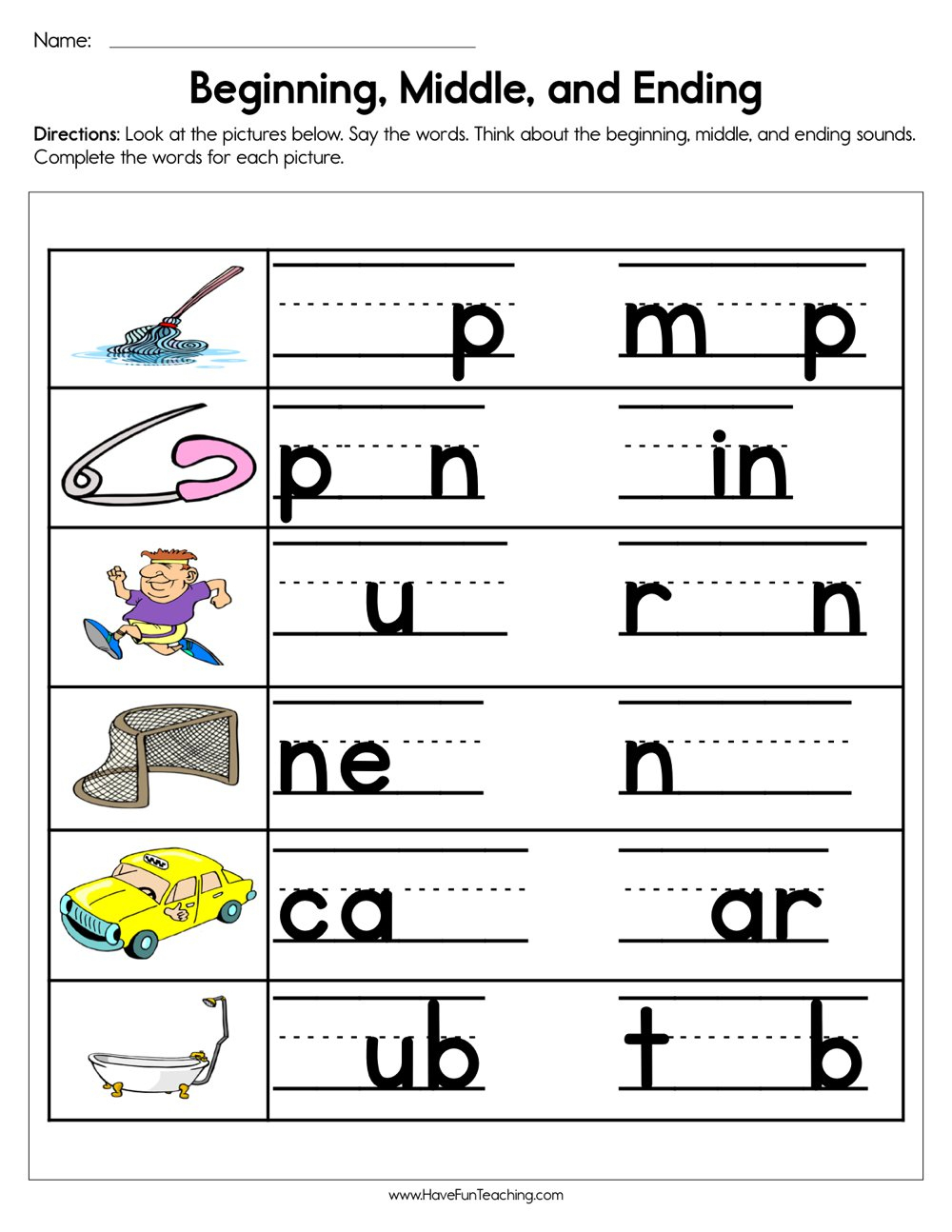
manualpohovanuosu.z21.web.core.windows.net
9 Worksheets For Kids To Learn The Days Of The Week
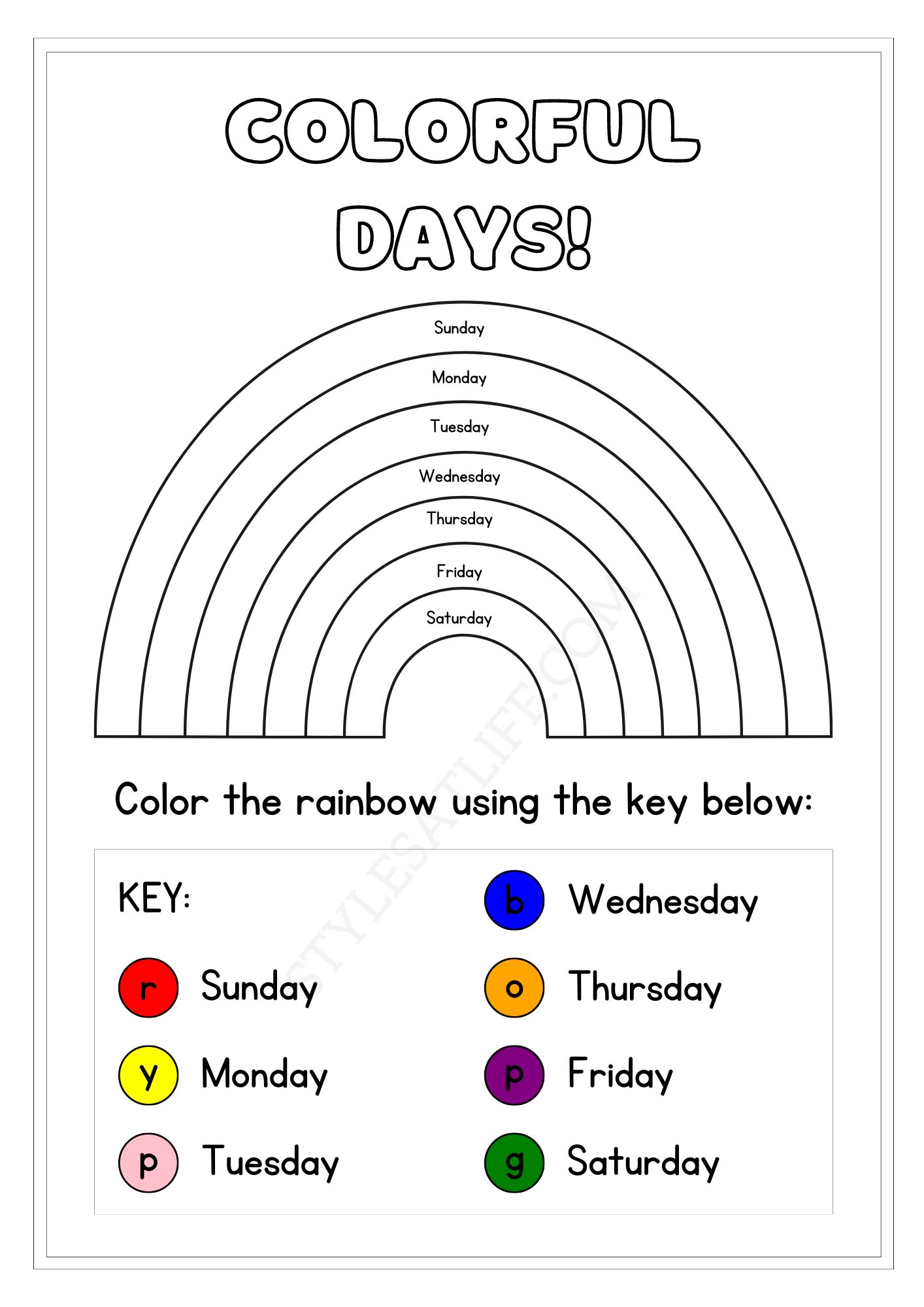
stylesatlife.com
Phonics Digraph CH Worksheet – Top Teacher

topteacher.com.au
Pets Circle And Write Worksheet For Kindergarten And ESL PDF Download
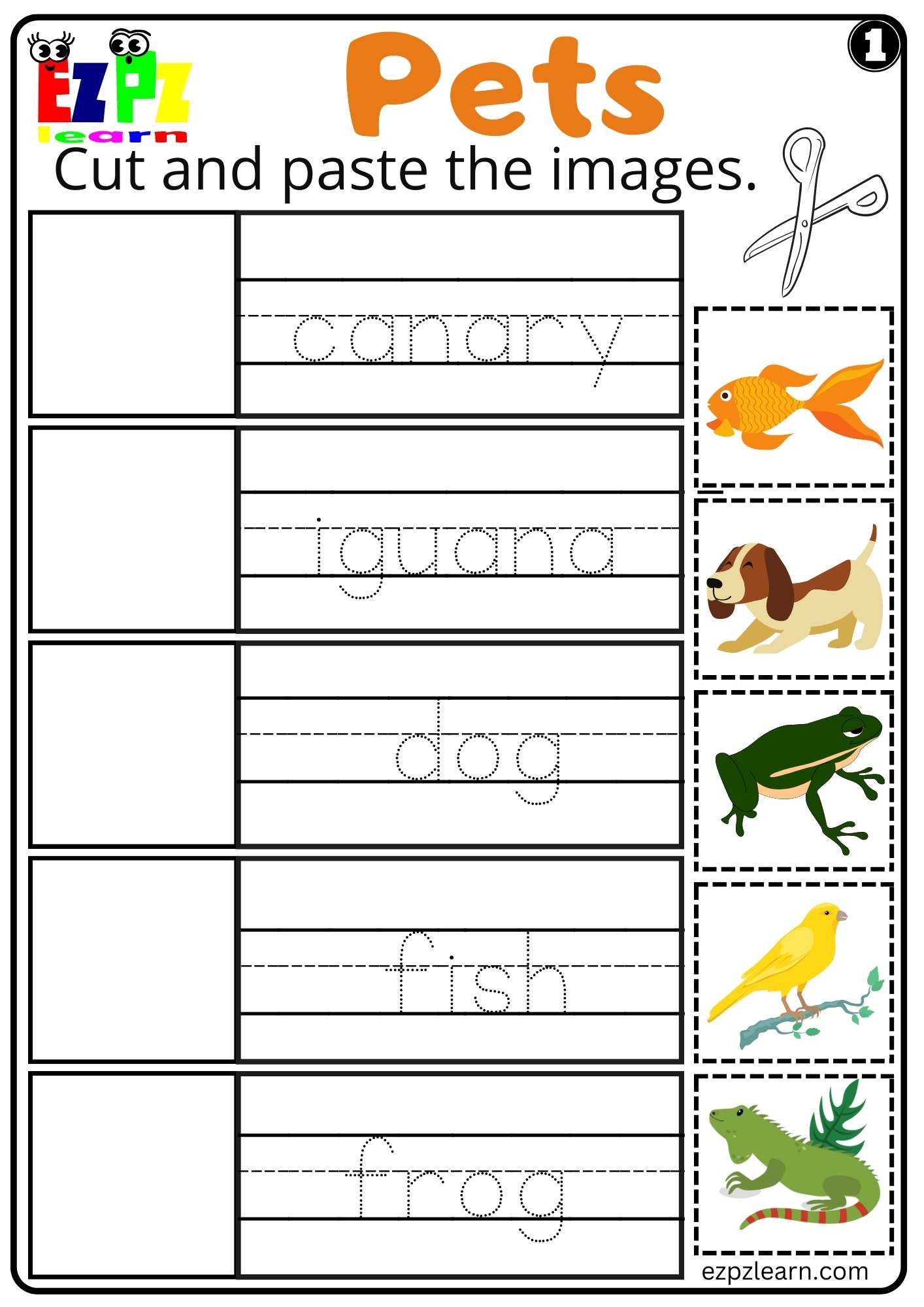
ezpzlearn.com
Premium Vector | Alphabet Worksheet For Kids. Alphabet Printable

www.freepik.com
Easy English Worksheet For Kids Worksheet | English Worksheets For Kids

www.pinterest.es
Phonics Revision Interactive Worksheet – Printable Worksheets
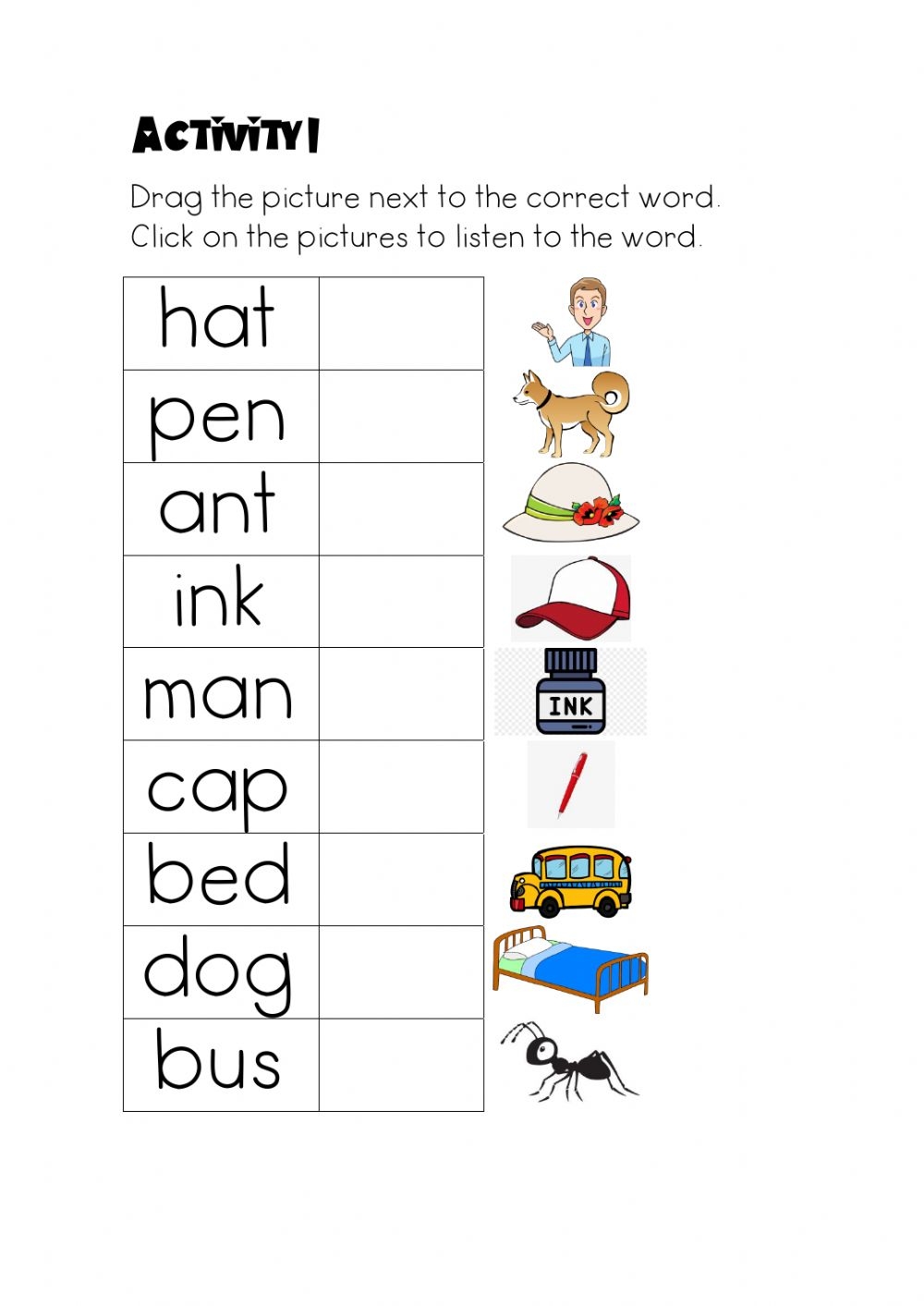
worksheets4u.com
Short Vowel Worksheets – ReadingVine
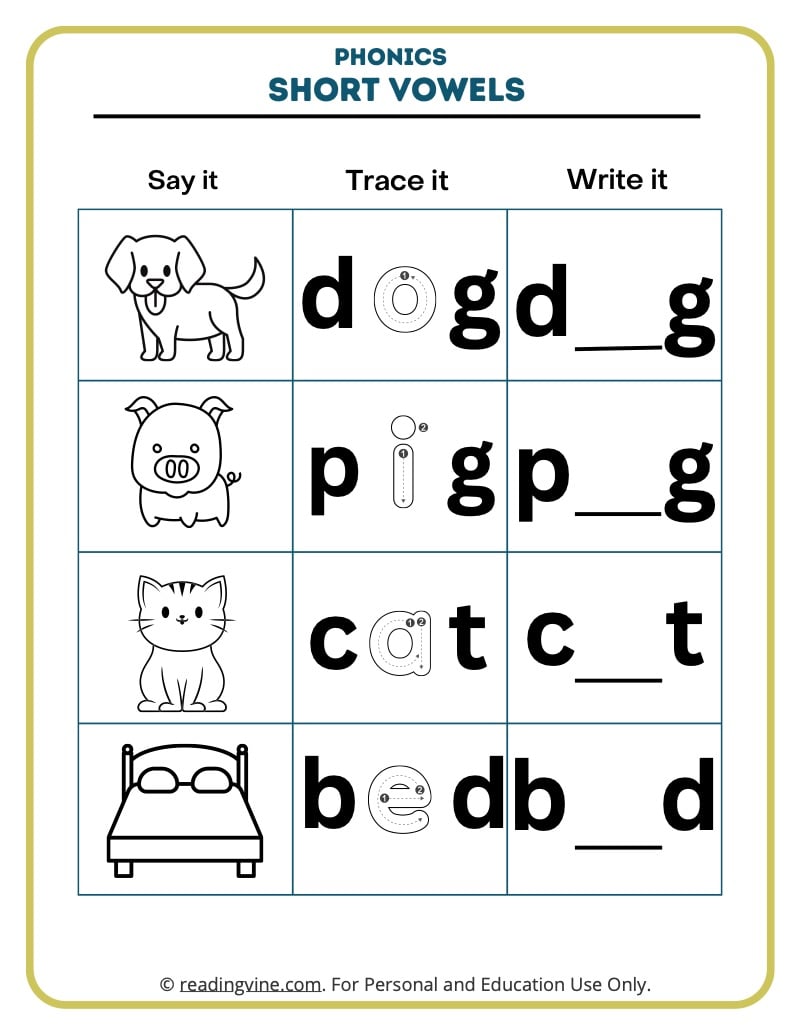
www.readingvine.com
Reading For Kindergarten And Elementary Students (Free PDF

www.pinterest.com.au
Compound Words Worksheet
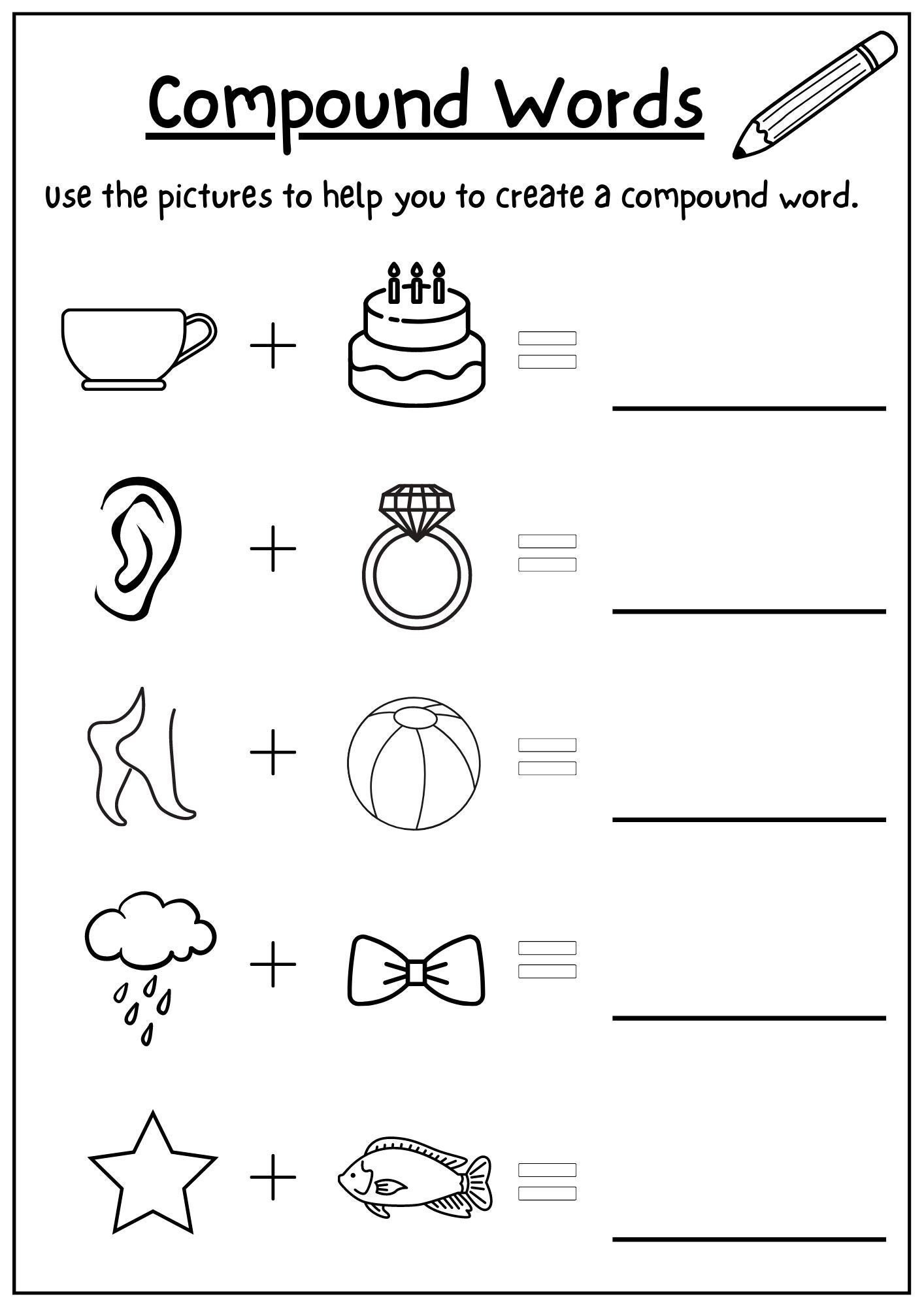
animalia-life.club
Worksheets to print. Short vowel worksheets. Diphthong worksheet freebie